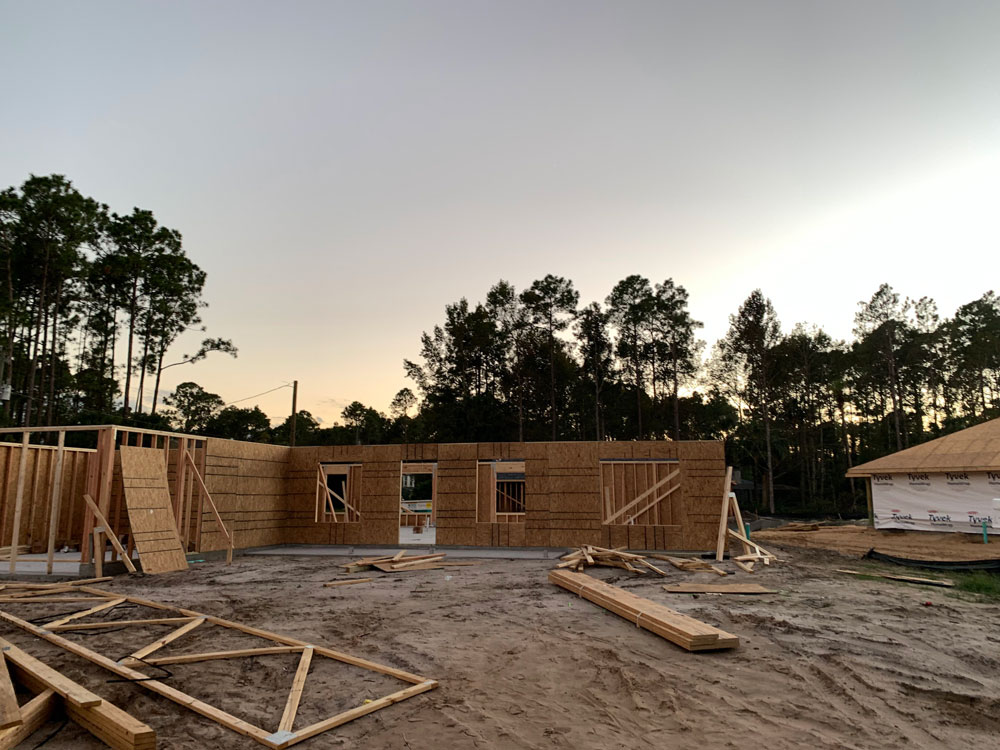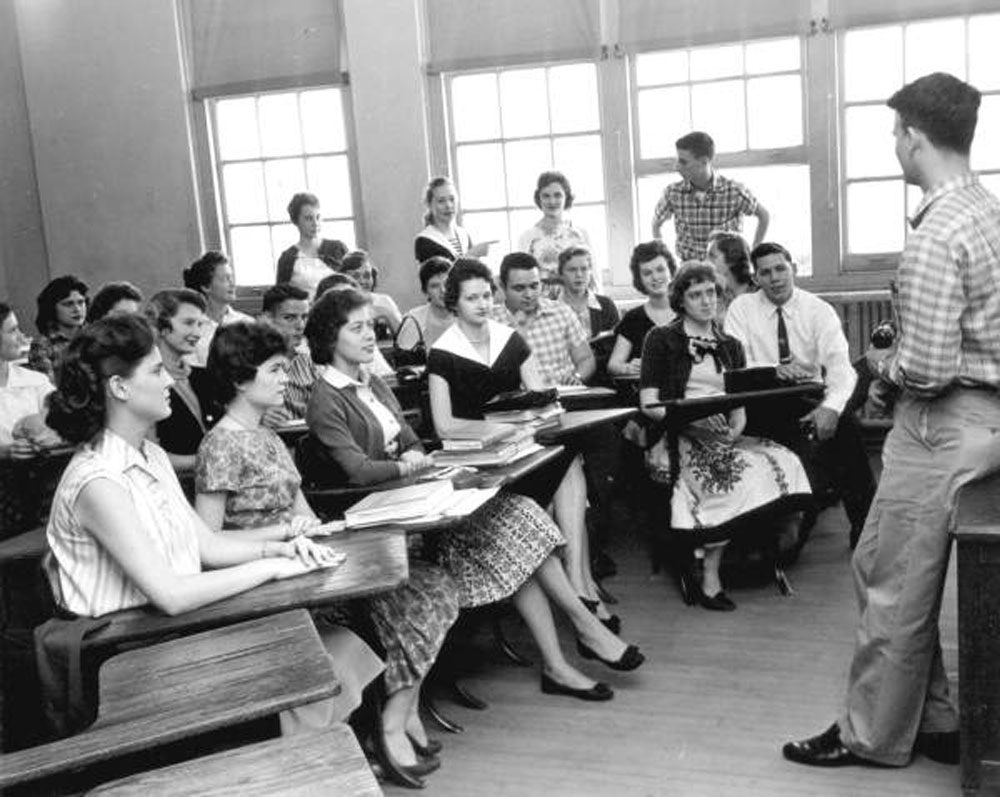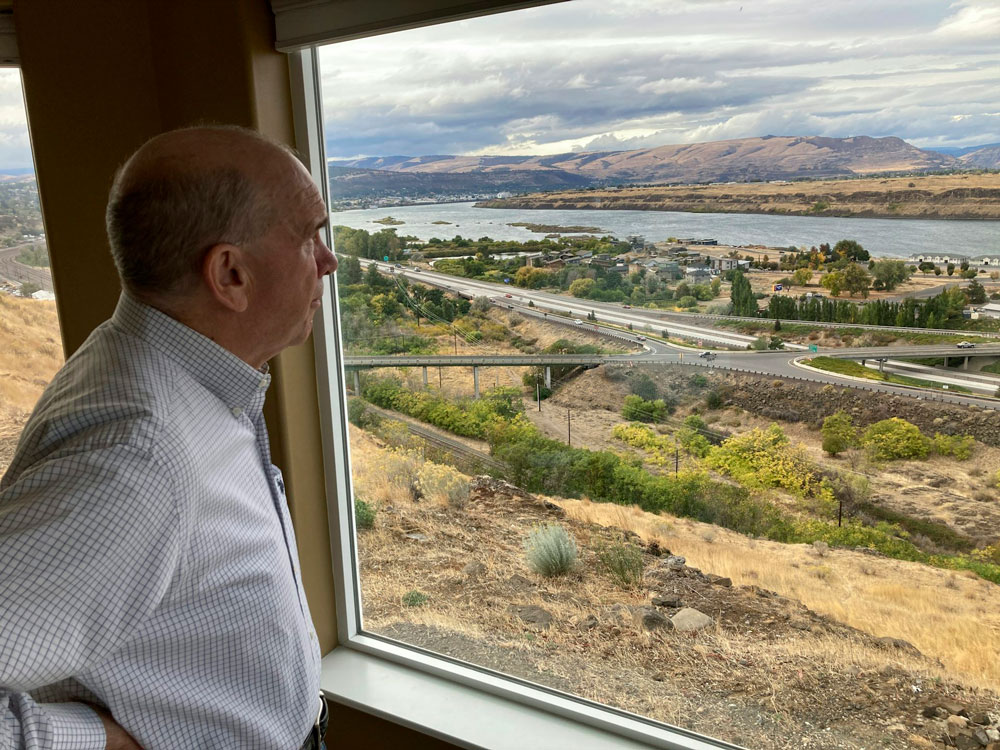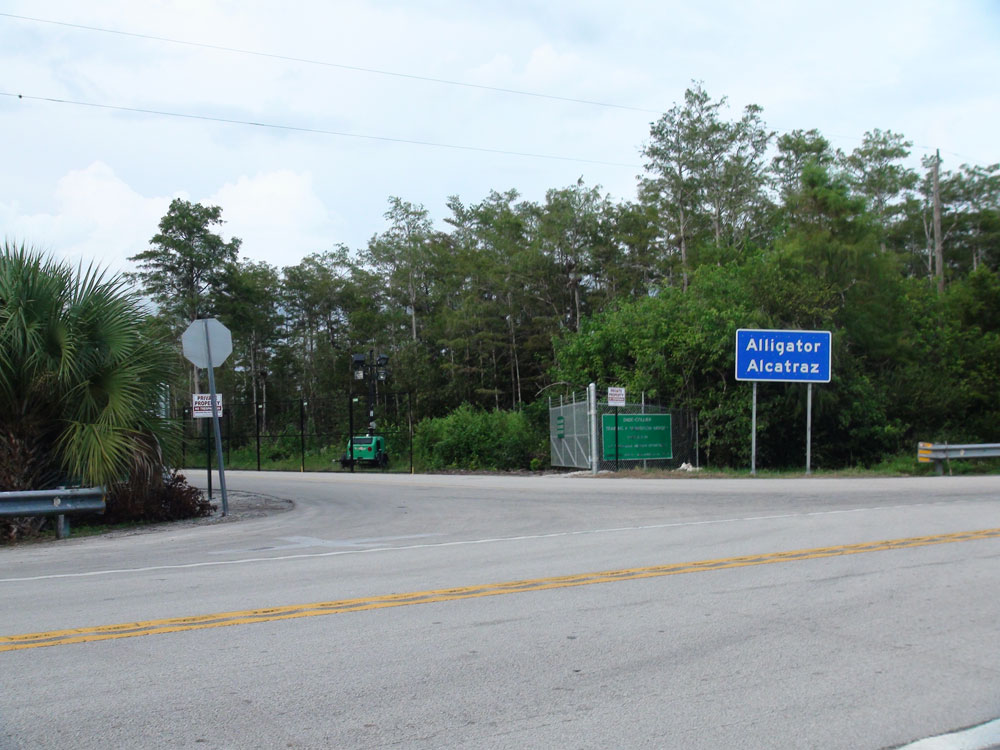The unemployment rate in Flagler County increased to 5% in July from 4.8% the month before, marking the highest level since July 2021, when the county was still recovering from the slowdown caused by the Covid epidemic. At 4.9%, Palm Coast’s unemployment rate is also at a four-year high. According to the most recent data available, the county’s housing inventory reached a 15-year high in terms of the number of homes for sale.
The number of unemployed Flagler County residents, 2,781, is the highest since October 2020, when 2,947 people were collecting unemployment. The 2,192 unemployed people in Palm Coast represent the highest number since October 2020.
Among the counties with the highest unemployment rates in the state, Flagler County and Putnam are tied for 13th place. St. Johns is at 4.1 percent while Volusia County is at 4.7 percent.
The labor force increased by over 400 workers, indicating that more people of working age are relocating to Flagler County or entering the workforce, even while the number of inhabitants receiving unemployment benefits increased by roughly 100. Both the size of the labor force and the number of unemployed people have an impact on the unemployment rate. Assuming the new workers are absorbed, it is less concerning if it increases as a result of a labor force expansion. However, the future is less assured if it increases in tandem with the number of unemployed people.
Other indicators point to a decline in the housing-driven economy of Flagler County. According to the Flagler County Association of Realtors, there were 1,444 active listings for homes in April, which represents the inventory of homes for sale. This is a 34% increase from the same month last year.
Since February 2011, while the county was still getting over the housing bust, this inventory is the highest.
Compared to a year ago, it was taking 43% longer for a house for sale to reach a contract, and the housing supply had increased to six months. The supply was less than one month by the end of 2021. The figures strongly suggest that a housing glut may be building in the county, as construction continues apace.
In contrast, Florida’s jobless rate remained high at 3.7 percent in July, according to a state economist.
Jimmy Heckman, the Florida Department of Commerce’s chief of workforce statistics and economic research, stated on Friday that the number of job opportunities is higher than it was at the same time last year. Therefore, there is a significant need for work, which will provide jobless Floridians with opportunities.
In April, May, and June, the jobless rate was 3.7 percent as well. In July, 417,000 persons met the criteria for unemployment benefits, up 2,000 from June, according to a Department of Commerce monthly report released Friday. The labor force grew to 11.196 million, a 3,000 rise.
Because it does not account for discouraged workers, those whose 12-week unemployment benefits have ended (Florida has the stingiest unemployment-benefit period and one of the stingiest unemployment benefits in the nation), or those working part-time for financial reasons, the number of people collecting unemployment benefits does not accurately represent the entire underemployment and unemployment picture. These are the employees who are looking for full-time work but have had their hours reduced or are unable to find full-time work. That alternate measure of employment and underemployment is not computed by the state. The Bureau of Labor Statistics does. By that metric, Florida’s rate is 7.2 percent.
In July 2024, Florida’s official unemployment rate was 3.4%. The number of unemployed people increased by 35,000 from July 2024 to last month, while the labor force grew by 25,000, according to the Department of Commerce report.
Following a 21,000-job decline in June, private-sector employment rose by 5,700 positions in July. Heckman stated that although we are keeping an eye on it, no industry has experienced significant drops.
According to Heckman, we’ve witnessed a drop in job growth one month and a slight recovery the next month. Therefore, as we move forward, we will keep an eye on that.
The national unemployment rate in July was 4.2 percent, up from 4.1 percent a month earlier. According to the alternate metric, the national rate is 7.8%.
Among the general categories mentioned in the Florida study, the financial activities sector saw a 5,200 job rise in July. Jobs in real estate, insurance, and finance fall under this category. The leisure and hospitality industry saw a 1,600 rise in employment.
According to the data, employment in the construction industry decreased by 1,000 jobs in the interim, following a 1,600-job decline in June.The Miami-Fort Lauderdale-West Palm Beach metropolitan statistical area continued to have the lowest unemployment rate in the state in July, rising from 3.2 percent in June to 3.4 percent. The rate in the Miami-Miami-Beach-Kendall area was 2.8% within that region.
In the Orlando-Kissimmee-Sanford and Crestview-Fort-Walton Beach-Destin regions, the July rate was 3.9%.
The Tampa-St. Petersburg-Clearwater and Panama City-Panama City Beach regions had 4.1 percent.
The Jacksonville region had a 4.2% rate. The Palm Bay-Melbourne-Titusville and Naples-Marco Island regions had 4.3%. North Port-Bradenton-Sarasota, Pensacola-Ferry Pass-Brent, and Tallahassee were at 4.4%.
Deltona-Daytona Beach-Ormond Beach and Gainesville areas were at 4.7 percent, the Cape Coral-Fort Myers area was at 4.5 percent, and the Port St. Lucie area was at 4.6 percent.
The metropolitan statistical region that encompasses Wildwood and The Villages had the highest rate in the state, at 7.1 percent. In June, the area’s percentage was 6.9 percent.
The Homosassa Springs area was at 6.2 percent in July, the Sebring area was at 6 percent, and the Punta Gorda area was at 5.1 percent. Five percent were found in the Sebastian-Vero Beach, Lakeland-Winter Haven, and Ocala regions.
The metro rates are not seasonally adjusted, but the statewide rate is.
Florida’s FlaglerLive & News Service
Jim Turner, Florida News Service
![]()







